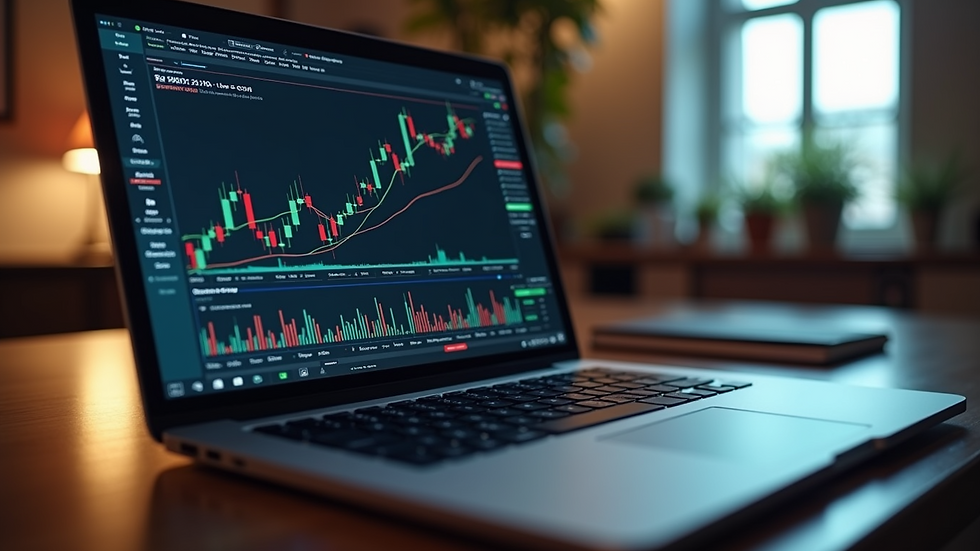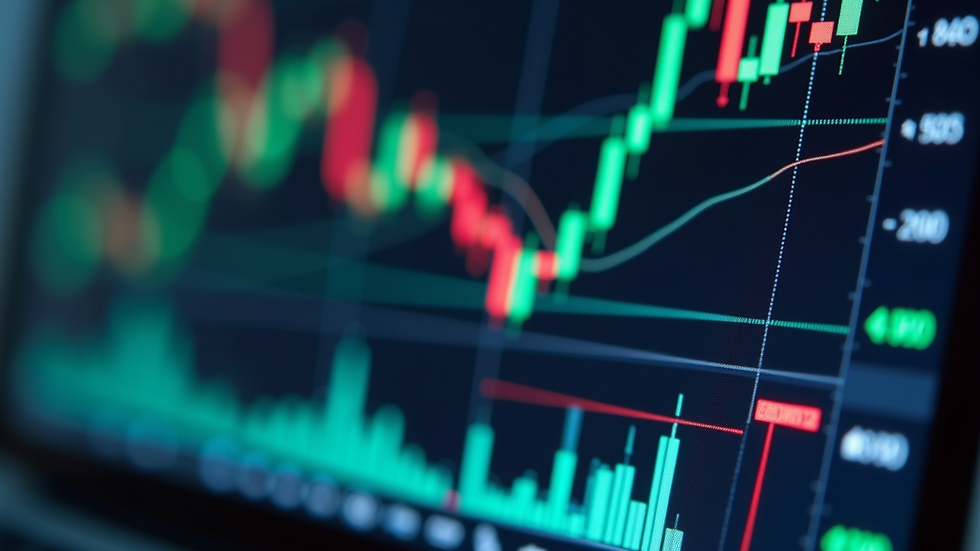Master the Essentials of Forex Trading
- forex368

- Sep 4
- 3 min read
Entering the world of currency trading can seem daunting at first. However, mastering the essentials of forex trading basics is achievable with the right approach and knowledge. This guide will walk you through the fundamental concepts, practical tips, and strategies to help you start your trading journey confidently.
Understanding Forex Trading Basics
Before diving into trading, it is crucial to understand the core principles of forex trading basics. Forex, short for foreign exchange, involves buying and selling currencies in pairs. The goal is to profit from the fluctuations in exchange rates between two currencies.
Here are some key points to grasp:
Currency Pairs: Forex trading always involves two currencies, such as EUR/USD or GBP/JPY. The first currency is the base, and the second is the quote currency.
Bid and Ask Price: The bid price is what buyers are willing to pay, while the ask price is what sellers want. The difference between these is called the spread.
Leverage: This allows traders to control a larger position with a smaller amount of money, increasing both potential profits and risks.
Pips: The smallest price move in a currency pair, usually the fourth decimal place, is called a pip.
Understanding these basics will help you navigate the market more effectively and make informed decisions.

What is forex and how does it work?
Forex trading is the process of exchanging one currency for another in the global marketplace. It operates 24 hours a day, five days a week, across major financial centres worldwide. The market is highly liquid, meaning there is always a buyer and seller available.
The mechanics of forex trading involve:
Market Participants: These include banks, financial institutions, corporations, governments, and individual traders.
Trading Sessions: The market is divided into sessions based on time zones - London, New York, Tokyo, and Sydney.
Price Movements: Influenced by economic indicators, geopolitical events, interest rates, and market sentiment.
Order Types: Traders use various orders like market, limit, and stop-loss to manage trades.
By understanding how forex works, you can better anticipate market movements and develop strategies that suit your trading style.

Essential Tools and Platforms for Trading
To trade effectively, you need the right tools and platforms. These provide access to the market, real-time data, and analytical resources.
Key tools include:
Trading Platforms: Software like MetaTrader 4 or 5 offers charting tools, indicators, and automated trading options.
Economic Calendars: Track important economic events that can impact currency prices.
Technical Analysis Tools: Use indicators such as moving averages, RSI, and MACD to identify trends and entry points.
Demo Accounts: Practice trading without risking real money to build confidence and test strategies.
Choosing a reliable broker is also vital. Look for one with good regulation, competitive spreads, and responsive customer support. For those ready to start trading, consider platforms like forex that offer comprehensive services.

Developing a Trading Strategy
A well-defined trading strategy is essential for success. It helps you stay disciplined and manage risks effectively.
Steps to develop your strategy:
Set Clear Goals: Define your profit targets and risk tolerance.
Choose a Trading Style: Decide whether you prefer day trading, swing trading, or long-term investing.
Analyze the Market: Use technical and fundamental analysis to identify potential trades.
Risk Management: Always use stop-loss orders and never risk more than a small percentage of your capital on a single trade.
Keep a Trading Journal: Record your trades, strategies, and outcomes to learn and improve.
Consistency and patience are key. Avoid chasing quick profits and focus on steady growth.
Tips for Managing Risks and Emotions
Trading can be stressful, and managing your emotions is as important as managing your money.
Here are some practical tips:
Stick to Your Plan: Avoid impulsive decisions based on fear or greed.
Use Stop-Loss Orders: Protect your capital by limiting losses.
Diversify Trades: Don’t put all your funds into one currency pair.
Take Breaks: Step away from the screen to maintain a clear mind.
Continuous Learning: Stay updated with market news and improve your skills.
By controlling emotions and risks, you increase your chances of long-term success.
Taking the Next Step in Your Trading Journey
Mastering the essentials of forex trading basics is just the beginning. The market is dynamic, and continuous learning is necessary to adapt and thrive. Start by practising with demo accounts, then gradually move to live trading with small amounts.
Remember, success in trading comes from knowledge, discipline, and experience. Use the resources available, stay patient, and keep refining your approach.
For those ready to take action, explore trusted platforms like forex to begin your trading journey with confidence.
Embrace the challenge and unlock the potential of currency trading today!




